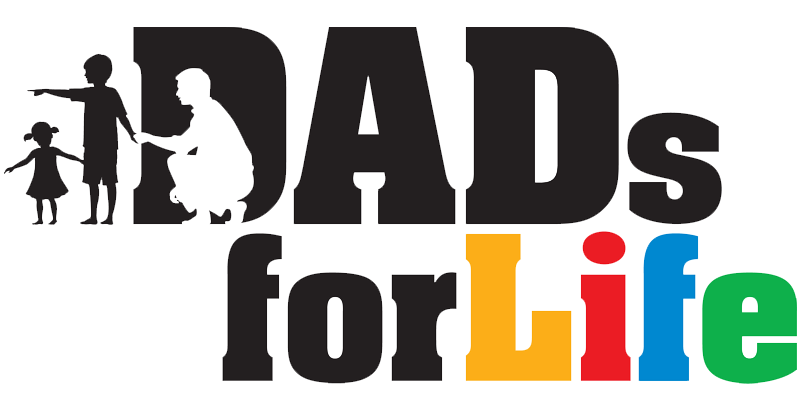Much has been written about how play and recreation are key ways in which fathers parent, and wherein parenting differences between mothers and fathers show up. This article summarises research evidence on the unique parenting style that fathers tend to adopt, and the benefits that children reap when families and professionals alike optimise fatherhood.
Fathers prioritise play and discipline over physical caregiving
- An American study found that play and companionship account for the largest fraction (about 40%) of fathers’ time with children whether on weekdays or weekends. In contrast, 25% and 35% of engaged paternal time on a weekday and weekend respectively is spent on personal childcare (e.g., attending to child’s daily needs). Even more strikingly, only three to five percent of engaged paternal time comprises learning and educational activities (Yeung, Sandberg, Davis-Kean, & Hofferth, 2001).
- Another American study found that while 95% of fathers say they believe in equal sharing of parental responsibilities such as monitoring, discipline and play, only 70% agree with the equal sharing of physical care duties such as feeding and bathing the child (Milkie, Bianchi, Mattingly & Robinson, 2002)
- A study on Singaporean fathers likewise found that mothers remain more involved than fathers in virtually all parenting activities, even when both parents work. The gap between mother and father involvement is most pronounced for physical care items, such as taking the child to the doctor without the other parent present, and providing direct care like feeding or dressing the child. In contrast, the gap between mother and father involvement narrowed for activities that fathers traditionally engage in, such as discipline, play, and recreation (MCYS, 2009).
Fathers and mothers play differently
- It is not just in the type of parenting activities engaged that fathers and mothers differ. Fathers and mothers also seem to play differently. Fathers tend to play more boisterously, with a more activating physical element and a higher level of challenge or risk. This style of play has given rise to the term “roughhousing with dad”. Mothers, in contrast, tend to follow established patterns of physical interaction, to play at the child’s level, letting the child direct the play and pace, and to emphasise caution (Turner, 2011).
- Mothers and fathers also emphasise different considerations in their commitment to leisure. Mothers are more likely to focus on children’s physical activity, health and healthy lifestyles in the selection of outdoor and active family pursuits. Mothers are also more likely to focus on their children learning to get along and communicate with others, and believe that family leisure plays a role here. On the other hand, fathers tend to emphasise the role that family leisure plays in teaching children about “values”, such as the importance of family togetherness (Shaw, 2008).
Roughhousing is not just child’s play!
- Boisterous play or roughhousing with dad serves more than just a recreational function. It is also a key pathway through which fathers influence their children’s socio-emotional outcomes. Roughhousing with dad, for example, can teach children how to deal with aggressive impulses and physical contact without losing control of their emotions. From such interactions, children learn how to regulate their feelings and behaviour, are more comfortable exploring the world around them, and are more likely to exhibit self-control and pro-social behaviour (Parke, 1996, cited in Rosenberg & Wilcox, 2006).
A focus on autonomy vs. nurturing
In general, mothers tend to stress emotional nurturing and personal safety while fathers tend to emphasise autonomy and independence.
- In play and in general, fathers tend to promote independence, challenge, achievement, and autonomy, and an orientation to the outside world. For example, fathers tend to offer less immediate support in face of child’s frustration, thus promoting adaptive problem-solving skills. Mothers, in contrast, are more likely to stress emotional nurturing and personal safety. For example, they are likely to intervene more quickly in face of their child’s frustration. Both of these styles are important to healthy development (Turner, 2011).
- Research has long since shown fathers more often tend to provide instrumental care (e.g., providing tangible advice, transporting children to places), whereas mothers give more intangible emotional care (Youniss & Smollar, 1985).
- These differences play out in the local context too. Singaporean fathers are less likely (63%) than mothers (79%) to say they show love and affection to their children “most of the time”. However, this gap narrows when parents were asked how often they talk to children about important issues, such as character, health issues, religion, relationships, sex and illegal drug use. 44% of fathers compared to 52% of mothers said they did so “most of the time” (MCYS, 2009).
Conclusion
The differences between mothering and fathering do not suggest they are in opposition from each other, or that one is superior to the other. Rather, they merely draw our attention to how the two styles of parenting complement each other. As mothers, fathers, families, and practitioners, we ultimately benefit children we can successfully blend and optimise the differences to create a rich and varied family life.
Works Cited:
- Milkie, M., Bianchi, S., Mattingly, M., & Robinson, J. (2002). Gendered division of childrearing: Ideals, realities, and the relationship to parental well-being. Sex Roles, 47, 21-38.
- Ministry of Community Development, Youth and Sports (2009). Fatherhood Public Perceptions Survey.
- Rosenberg, J. & Wilcox, W. B. (2006). The importance of fathers in the healthy development of children. Washington, D.C: U.S. Department of Health and Human Services.
- Shaw, S. (2008). Family leisure and changing ideologies of parenthood. Sociology Compass, 2(2), 688–703.
- Turner, R. (2011). How fathers’ style of parenting benefits their children’s development: Overview and lessons learned. Parents as Teachers. Retrieved from: www.parentsasteachers.org/images/stories/documents/Fatherhood_Resources/HowFathersStyle_ofParentingBenefits.pdf
- Yeung, W. J., Sandberg, J. F., Davis-Kean, P., & Hofferth, S. L. (2001). Children’s time with fathers in intact families. Journal of Marriage and the Family, 63, 136-154.
- Youniss, J., & Smollar, J. (1985). Adolescent relations with mothers, fathers, and friends. Chicago: University of Chicago Press.
About the Author: The Dads for Life Resource Team comprises local content writers and experts, including psychologists,counsellors, educators and social service professionals, dedicated to developing useful resources for dads.
First published on 19-09-2012.
